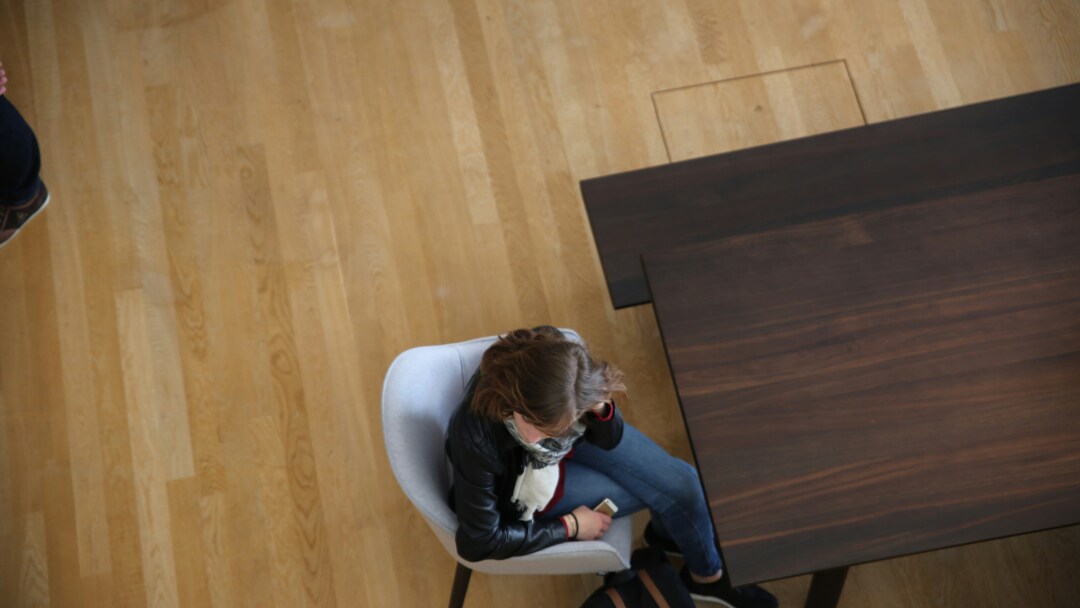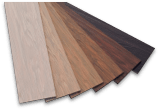
Wood Floorboards
November 02, 2023Wood floorboards have been a staple in interior design for centuries, offering both timeless beauty and durability. From traditional homes to modern offices, wood floorboards have the ability to elevate any space and add warmth and character.
Wood floorboards
Wood floorboards have been a staple in interior design for centuries, offering both timeless beauty and durability. From traditional homes to modern offices, wood floorboards have the ability to elevate any space and add warmth and character. With a wide range of options in terms of species, finishes, and installation methods, wood floorboards have become a versatile and sought-after choice for homeowners and designers alike. This article will delve into the world of wood floorboards, exploring their history, benefits, and maintenance, as well as highlighting the latest trends in this popular flooring choice. Whether you are considering a renovation or simply want to learn more about wood floorboards, this comprehensive guide will provide you with all the information you need to make an informed decision. So, let us take a closer look at the beauty and functionality of wood floorboards and why they continue to be a top choice for flooring solutions.
Choosing the right wood species
When it comes to selecting the perfect wood species for your floorboards, there are several factors to consider. Firstly, consider the overall aesthetic you want to achieve. Different wood species have distinct colors, grain patterns, and textures, which can greatly impact the look and feel of your space. Additionally, it's important to evaluate the durability and hardness of the wood species. Some species, like oak or maple, are known for their strength and resistance to wear and tear, making them ideal for high-traffic areas. On the other hand, softer woods such as pine or fir may be more suitable for areas with less foot traffic. Lastly, consider the maintenance requirements of each wood species. Some species may require regular sealing or refinishing to maintain their appearance and longevity. By carefully considering these factors, you can choose the right wood species that not only complements your design vision but also meets the practical needs of your space.
Benefits of engineered wood flooring
Engineered wood flooring offers a multitude of benefits that make it a popular choice for homeowners and designers alike. One notable advantage is its stability. Unlike solid wood flooring, engineered wood is constructed with multiple layers of wood veneers that are bonded together. This layered construction provides enhanced stability, making it less susceptible to expansion and contraction due to changes in temperature and humidity. Additionally, engineered wood is more resistant to moisture, making it suitable for installation in areas such as kitchens and bathrooms where solid wood may not be recommended. Furthermore, engineered wood flooring is often more affordable than solid wood, making it a cost-effective option without compromising on the natural beauty and warmth that wood provides. With its durability, versatility, and value, engineered wood flooring is a practical and aesthetically pleasing choice for any space.
Maintaining the beauty of wood
To ensure the long-lasting beauty of wood floorboards, it is important to implement a regular maintenance routine. First, it is crucial to protect the floor from scratches and dents by using felt pads or rugs in high-traffic areas and under furniture. Regular sweeping or vacuuming will help to remove dirt, dust, and debris that can cause abrasions over time. It is important to avoid excessive moisture on the wood surface, as this can lead to warping or damage. Instead, use a slightly damp mop or specialized wood floor cleaner for routine cleaning. In addition, it is recommended to periodically apply a protective finish or top coat to maintain the wood's natural luster and provide an extra layer of defense against wear and tear. By following these maintenance practices, you can ensure that your wood floorboards continue to exude their timeless beauty for years to come.
Installation tips for DIY projects
When embarking on a DIY project involving wood floorboards, there are several installation tips to keep in mind. First, it is essential to properly acclimate the floorboards to the environment in which they will be installed. This involves allowing the boards to adjust to the temperature and humidity of the space for at least 48 hours before installation. Additionally, it is crucial to ensure a level and clean subfloor to guarantee a smooth and stable installation. Properly measuring and cutting the floorboards is also vital to achieve a precise fit and seamless appearance. When installing the boards, it is recommended to use a flooring nailer or adhesive specifically designed for wood flooring to secure them in place effectively. Finally, once the installation is complete, allow sufficient time for the floorboards to settle and adjust before adding furniture or heavy foot traffic. By following these installation tips, you can achieve a professional-looking result and enjoy the beauty of your wood floorboards for years to come.
Investing in high-quality hardwood floors
Investing in high-quality hardwood floors is a wise decision for any homeowner seeking durability, aesthetics, and long-term value. Hardwood floors are known for their timeless beauty and elegance, adding a touch of sophistication to any space. Beyond their visual appeal, high-quality hardwood floors offer exceptional durability and can withstand the test of time, making them a worthwhile investment. With proper care and maintenance, hardwood floors can last for decades, providing a solid foundation for your home and potentially increasing its resale value. Additionally, hardwood floors are easy to clean and hypoallergenic, making them a practical choice for those with allergies or respiratory sensitivities. By choosing high-quality hardwood floors, you can enjoy the benefits of a beautiful, durable, and low-maintenance flooring option that will enhance the overall aesthetic and value of your home.
In conclusion, wood floorboards continue to be a timeless and elegant choice for flooring in both residential and commercial spaces. Their durability, versatility, and natural beauty make them a worthwhile investment for any space. Whether you choose a classic oak or a more exotic teak, wood floorboards add warmth and character to any room. With proper care and maintenance, they can last for decades, making them a long-term and sustainable flooring option. So, when considering flooring options, don't overlook the classic and timeless appeal of wood floorboards.
FAQ
What are the different types of wood species commonly used for wood floorboards?
Common wood species used for wood floorboards include oak, maple, cherry, walnut, and ash.
How do you properly maintain and clean wood floorboards to ensure their longevity?
To properly maintain and clean wood floorboards, it is important to follow a few key steps. First, regularly sweep or vacuum the floor to remove dirt and debris that can scratch the surface. Avoid using excessive water or harsh cleaning products, as they can damage the wood. Instead, use a damp mop or microfiber cloth with a mild wood floor cleaner to gently clean the surface. Wipe up any spills immediately to prevent staining. Additionally, consider using protective pads or furniture coasters to prevent scratches from furniture. Lastly, periodically refinish the floor to restore its shine and protect it from wear and tear.
What are the advantages and disadvantages of solid wood floorboards compared to engineered wood floorboards?
Solid wood floorboards have the advantage of being made from a single, natural piece of wood, providing a timeless and authentic look. They can be sanded and refinished multiple times, increasing their lifespan. However, they can be more prone to warping and shrinking with changes in humidity and temperature. Engineered wood floorboards, on the other hand, are constructed with a layer of real wood on top of layers of plywood or fiberboard, making them more stable and less susceptible to moisture damage. They also tend to be more cost-effective. However, they cannot be sanded and refinished as many times as solid wood boards.
What factors should be considered when choosing the width and thickness of wood floorboards?
When choosing the width and thickness of wood floorboards, several factors should be considered. Firstly, the size of the room and the overall aesthetic you want to achieve should be taken into account. Narrower boards can create a more traditional, classic look, while wider boards can give a more modern, spacious feel. The subfloor and installation method should also be considered, as thicker boards may require additional preparation or support. Additionally, the type of wood and its natural characteristics, such as stability and durability, should be evaluated to ensure the chosen width and thickness will provide the desired longevity and performance.
Can wood floorboards be installed in areas with high moisture levels, such as bathrooms or basements?
Wood floorboards are generally not recommended for installation in areas with high moisture levels, such as bathrooms or basements. The high moisture levels can cause the wood to warp, swell, or rot over time. It is more suitable to use moisture-resistant flooring options, such as tile, vinyl, or engineered wood, in these areas. These materials are specifically designed to withstand moisture and are less prone to damage. Proper moisture barriers and ventilation systems should also be in place to minimize the risk of moisture-related issues in these spaces.





